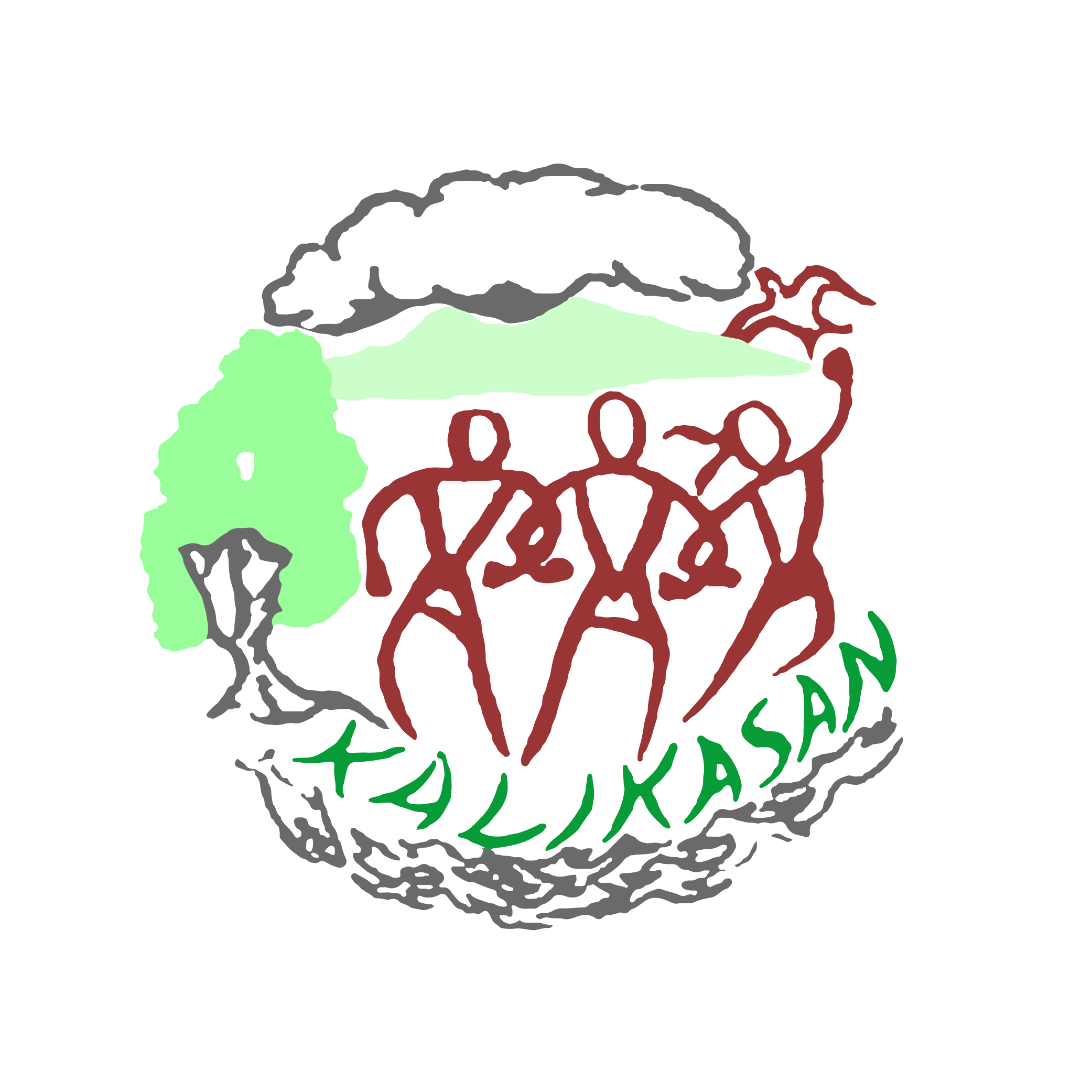PRESS RELEASE
16 October 2018
The Kalikasan People’s Network for the Environment joined fisherfolk who held a picket-dialogue at the Department of Environment and Natural Resources (DENR) office on World Food Day to raise their concerns on the proposed reclamation projects on Manila Bay which they saw as a threat to food supply and the environment.
“Decreasing fish catch in the bay over the years has been observed as the mangrove areas in Manila Bay have decreased. Scientists have said that there are only at least 734 hectares of them left, down from 50,000 hectares from the last century. We do not need reclamation projects. What we need is to rehabilitate our beloved bay to keep our fish supply secure,” said Leon Dulce, National Coordinator of Kalikasan People’s Network for the Environment.
A map of Manila Bay made by the Bureau of Fisheries and Aquatic Resources (BFAR) shows how the density of fish eggs and juvenile fish is distributed across Manila Bay changes as a function of time. Among the areas that experience high density of juvenile fish include Obando, Bulacan and Navotas, which are also among the sites of proposed reclamation projects such as the 2,000-hectare Aerotropolis project.
“Our few remaining mangrove areas like the site of the San Miguel Corporation’s Aerotropolis project would be wiped out in favor of an airport that cannot be eaten by the people nor by the migratory birds that visit Manila Bay every year. Reclamation projects like the Aerotropolis also threaten to disturb the natural flow of fish eggs and larvae in the bay, in turn affecting our fish supply,” he added.
There are over 50 species of fish living in Manila Bay, including sardine species such as ‘tamban’ (Sardinella gibbosa or Goldstripe sardinella), ‘tunsoy,’ (Sardinella fimbriata or Fringescale sardinella), and ‘alumahan’ (Rastrelliger kanagurta or Indian mackerel), which are sold in markets as food. Fishing from the municipal waters of Manila Bayside provinces Pampanga and Bulacan alone amounted to 3,576.16 metric tons or 13% of Central Luzon’s total municipal fish production in 2016, as per the Philippine Statistics Authority’s data. Metro Manila also recorded 7,573.61 metric tons of fish harvested from its municipal waters the same year.
“Reclamation projects will aggravate to the threats already facing our fish supply, such as plastic pollution. But instead of rehabilitating the bay, Duterte’s government is still pushing for the conducting of the Swiss Challenge for the Bulacan Aerotropolis reclamation project,” he said.#
